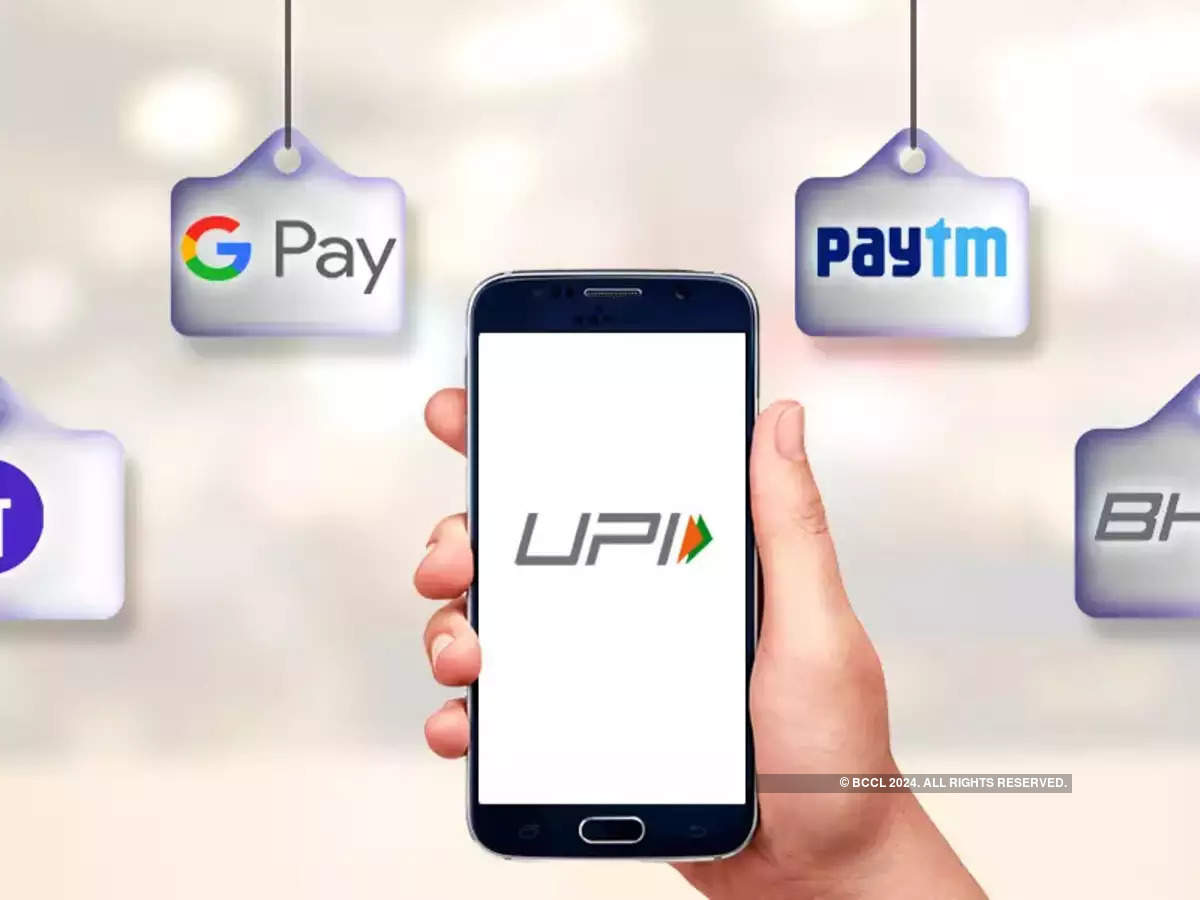With staggering growth, UPI is becoming the flag bearer of the Indian FinTech revolution, Government News, ET Government

UPI recorded an all-time high transaction volume and value in October, with over 7 trillion transactions worth over Rs 12 trillion.
Unified Payments Interface, a real-time payment system was developed by National Payments Corporation of India (NPCI) and launched by the then RBI Governor, Raghuram Rajan in 2016. UPI has successfully changed the digital payment landscape in India, within 6 years.
Consumers across the world have been using UPI for real-time payments, and the pandemic has aided growth. Globally, India has the highest real-time transaction volume which is three times that of the nearest challenger China.
Minimalistic interface and user-friendly experience are the two main pillars of UPI which makes it not only limited to urban India but also successfully spread across rural Bharat where even small merchants and kirana shops prefer to accept UPI payments.
The global investment banking firm, Jefferies, said in fiscal year 2022 (FY22), India will see digital payments worth $2.16 trillion. UPI is expected to make up close to 50 per cent of this.
NPCI has also recently launched UPI 123 Pay and credit card linked UPI which takes the digital payments a notch higher.
What do the numbers indicate?
A report by CLSA highlights that UPI accounts for 60% of total volume payments and digital payments have grown from USD 61 billion in FY16 to USD 300 billion by FY21. “Given increasing online shopping and digital adoption, we expect this to grow to US$0.9-1 trillion by FY26, or 30% of Indian spending,” the report said.
In October 2022, UPI processed 7.3 billion transactions worth around Rs 12.11 trillion, a record high since its inception.
In terms of both volume and value, UPI has witnessed a consistent upward trajectory since its inception in 2016. UPI crossed 1 billion transactions in October 2019, more than 2 billion transactions in October 2020, and also crossed the 3 billion threshold within the next month .
Demonitization and pandemic has helped the rapid adoption of UPI and while UPI started with just 21 banks in 2016, it now has as many as 365 banks on board.
Global adoption of UPI
The growing global acceptance of UPI also strengthens the digital payments alliance between India and abroad. Singapore, Bhutan, Malaysia, UAE, Nepal and France are some of the countries that already accept UPI payments.
On 13 September 2021, NIPL signed an agreement with Singapore-based Liquid Group to enable UPI QR-based payments in 10 countries. NIPL is the international branch of NPCI.
Nepal was the first foreign country to adopt UPI followed by Singapore, Bhutan and others. In July 2022, the RBI had also signed an agreement with the Monetary Authority of Singapore to implement interoperability between UPI and PayNow.
Bhutan was the first to accept UPI payments through the BHIM app, while Malaysia even allowed remittances to be sent through UPI.
NPCI also recently partnered with European payments facilitator Worldline to enable payments through the United Payments Interface (UPI).
Suhail Sameer, CEO, BharatPe envisions that UPI will become the de facto payment method for Indians, not only within the country but also when traveling abroad, in the coming years.
“With the government’s push towards cashless transactions and the growing use of digital payments in the country, the need to withdraw cash from ATMs will definitely reduce in the coming years,” he said.
He also believes that linking UPI to credit cards will further catapult India towards a cashless economy.


